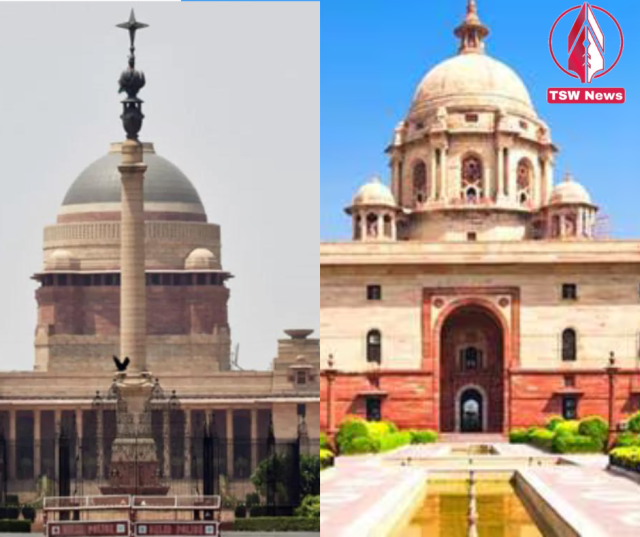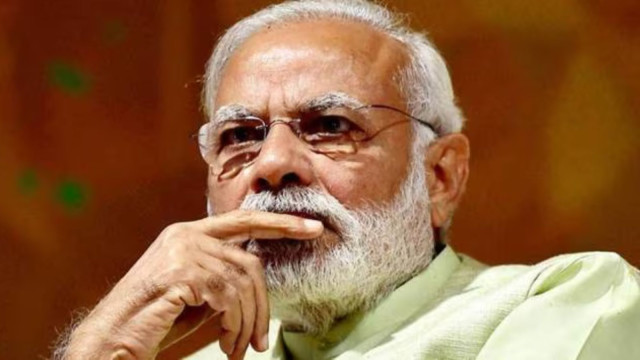Rashtrapati Bhavan is Renaming the Historical Chambers to Match the Indian Culture
- Posted on July 26, 2024
- News
- By Arijit Dutta
- 132 Views
Rashtrapati Bhavan renames Durbar Hall to Ganatantra Mandap and Ashok Hall to Ashok Mandap, continuing efforts to reflect Indian cultural ethos. The change aims to remove colonial traces and emphasize republican values in the presidential residence's iconic spaces.

A day ago, in an attempt to follow the Indian ethos, the President’s Office declared that two grand halls in Rashtrapati Bhawan have been rechristened. The Durbar Hall which is used in ceremonial occasions or any sort of functions will now be referred to as Ganatantra Mandap and the Ashok Hall has been renamed as Ashok Mandap.
The President’s Office clarified that these changes are a part of the constant efforts to turn the complexion of Rashtrapati Bhavan into an emblem of India’s ethos. This is in continuation with the last year’s change wherein Mughal Gardens was renamed as Amrit Udyan.
The term ‘Durbar’ meaning courts of Indian rulers and British assemblies was no longer suitable for a republican country India. Thus, adopting ‘Ganatantra’ or republic, derived from the ancient Indian social structure as a more apt name. The communiqué also pointed out that in a democratic country the name “Ganatantra Mandap” is more appropriate to describe the premises of the venue.
The transition to “Ashok Mandap,” for the Ashok Hall, which was formerly a ballroom, attempts to rid the place of any “taint of anglicisation” but retains the meaning of the name. ”Ashok” stands for liberation from pain and one can consider the name of the historical figure, Ashoka, as dominating and establishing unity. It also refers the country’s emblem and the sacred Ashoka tree which is symbolic to the Indian culture.
All these halls play important roles in the government and diplomatic sector of India. The ivory-colored Durbar Hall is used for civil and defense investiture ceremonies, while the Ashok Hall is used for formal presentation of credentials by diplomats and as a formal sitting place before state banquets.
Also Read: Economist Amartya Sen: Lok Sabha Results Clearly Show That India Is Not A Hindu Rashtra
This renaming endeavor is a component of a larger plan to open up Rashtrapati Bhavan for the public and to enhance the place’s iconic status as a part of India’s historical past. Such changes are indicative of the ongoing tug of war that is characteristic of Indian society: between tradition and modernity, between old world values that are deeply rooted in the country’s culture and new world order in the presidential palace.




